Mountain, Infantry, and Regimental Guns
Field Artillery of the Winter War (Part III)
In 1906, the Greek Army adopted a mountain gun that mounted the multi-part barrel invented by Lieutenant Colonel Panagiotis Danglis upon a carriage designed by the French firm of Schneider and Company. (The latter featured the double-barreled recoil mechanism so often seen in Schneider-designed light artillery pieces of the early twentieth century.)
In 1909, the Imperial Russian Army began to acquire a version of the Greek weapon that, instead of the 75mm projectiles of the Schneider-Danglis piece, fired shells with a diameter of three inches (76.2 mm). Thanks to the aforementioned carriage, the muzzle of this Model 1909 mountain gun could be elevated to an angle of 28 degrees.
In 1911, Russian engineers converted the recently adopted mountain gun into a weapon optimized for the task of shooting canister at enemy soldiers attempting to traverse the ditches of permanent fortifications.1 With this mission in mind, this “anti-assault gun” [protivoshturmovaya pushka] rested upon a carriage that permitted the muzzle to be depressed well below the horizontal plane.
As there was no need to transport the anti-assault gun on the backs of pack animals, the builders of that weapon joined the previously separable elements of the barrel into an indivisible subassembly. They also provided the piece with a shield that was twice as thick as the armored place that protected its immediate ancestor. (Where the shield of the mountain gun protected gunners from shell fragments and rifle-caliber bullets fired at long long, that of the anti-assault gun provided cover from rifle-bullets fired at close range.)
Firing an artillery piece pointed downwards complicated the work of the weapon’s recoil mechanism. However, as custom-tailoring a set of pistons and reservoirs for the new weapon promised to be both expensive and complicated, the designers of the anti-assault gun solved the problem with a reduction in the size of the propelling charge. This, in turn, decreased both the speed at which the projectile flew and the distance that it could travel.2
In 1913, the Russian authorities type-classified an artillery piece that might well be described as a cross between the mountain gun of 1909 and the anti-assault gun. In particular, the designers of this “regimental gun” [polkovaya pushka] placed the unitary barrel of anti-assault gun on an equally inseparable carriage, thereby creating a piece that was far more resistant to the strains of cross-country travel than either of its “parents.”
After the Finnish Civil War, the Finnish Army adopted the regimental gun, which it came to call the 76 LK 13 [76mm Short Cannon Model 1913], as a standard weapon. Soon thereafter, it converted the anti-assault guns in its possession into weapons of a very similar type by placing them on Finnish-built copies of the carriage of the regimental gun.
In the late 1920s, the Soviet Union modified the three-inch gun of 1913 in a number of small ways, thereby creating the 76.2mm regimental gun of 1927. (Where the mountain gun, the anti-assault gun, and the regimental gun of 1913 used shells that were shorter than those used with full-sized field guns, the regimental gun of 1927 fired projectiles of types used by the three-inch field gun of 1902 and its descendants.)
The two-part barrel and the two-buffer recoil mechanism of the modified regimental gun bore a close resemblance to comparable components on the three-inch guns of 1909, 1910, and 1913. Thus, they provide people interested in the genealogy of artillery pieces with evidence of its membership in a family of weapons that began with the mating of a Greek gun to a French carriage.
Sources:
“Matériel de Montagne Démontable de 75, à Tir Rapide, Système Schnieder-Danglis” Revue d’Artillerie Tome 74 (1909) pages 33-65
76-mm Korotkaya i Protivoshturmovaya Pushki: ‘Nelegal'naya’ Polkovaya Artilleriya Russkoy Armii [76-mm Short and Anti-Assault Guns: “illegal” regimental artillery of the Russian army] Istoricheskiy Bronevichok [Historical Armored Car]
Alfred Muther Das Gerät der leichten Artillerie vor, in und nach dem Weltkrieg, II. Teil: Infanteriegeschütze, Tankabwehr und Tankbestückung [The Equipment of Light Artillery before, during, and after the World War, Part II: Infantry Guns, Anti-Tank Guns, and Tank Guns] (Berlin: Bernard und Graefe, 1932) pages 12-14
Lauri Harvila “Kenttätykisto” [“Field Artillery”] Kansa Taisteli [The People Fought] Volume 7 (July 1976) pages 228-232
For Further Reading:
Despite the fact that the development work on the anti-assault gun did not begin in earnest until 1911, the weapon received the official designation of “Model 1910.”
Marvelous to say, during the First World War the famous Assault Battalion Rohr of the German Army employed the Russian anti-assault gun of 1910 as an “assault gun” [Sturmkanone].




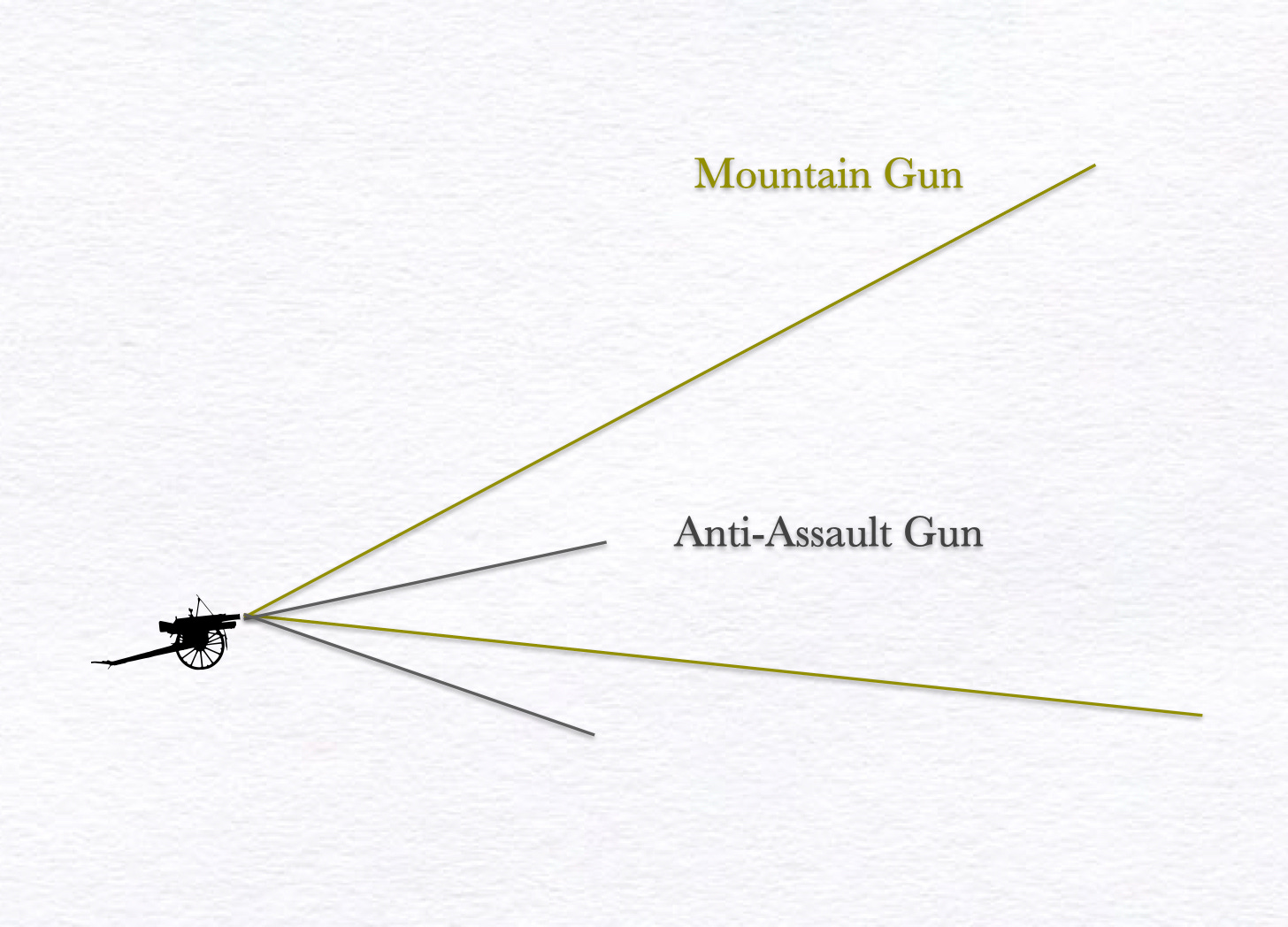
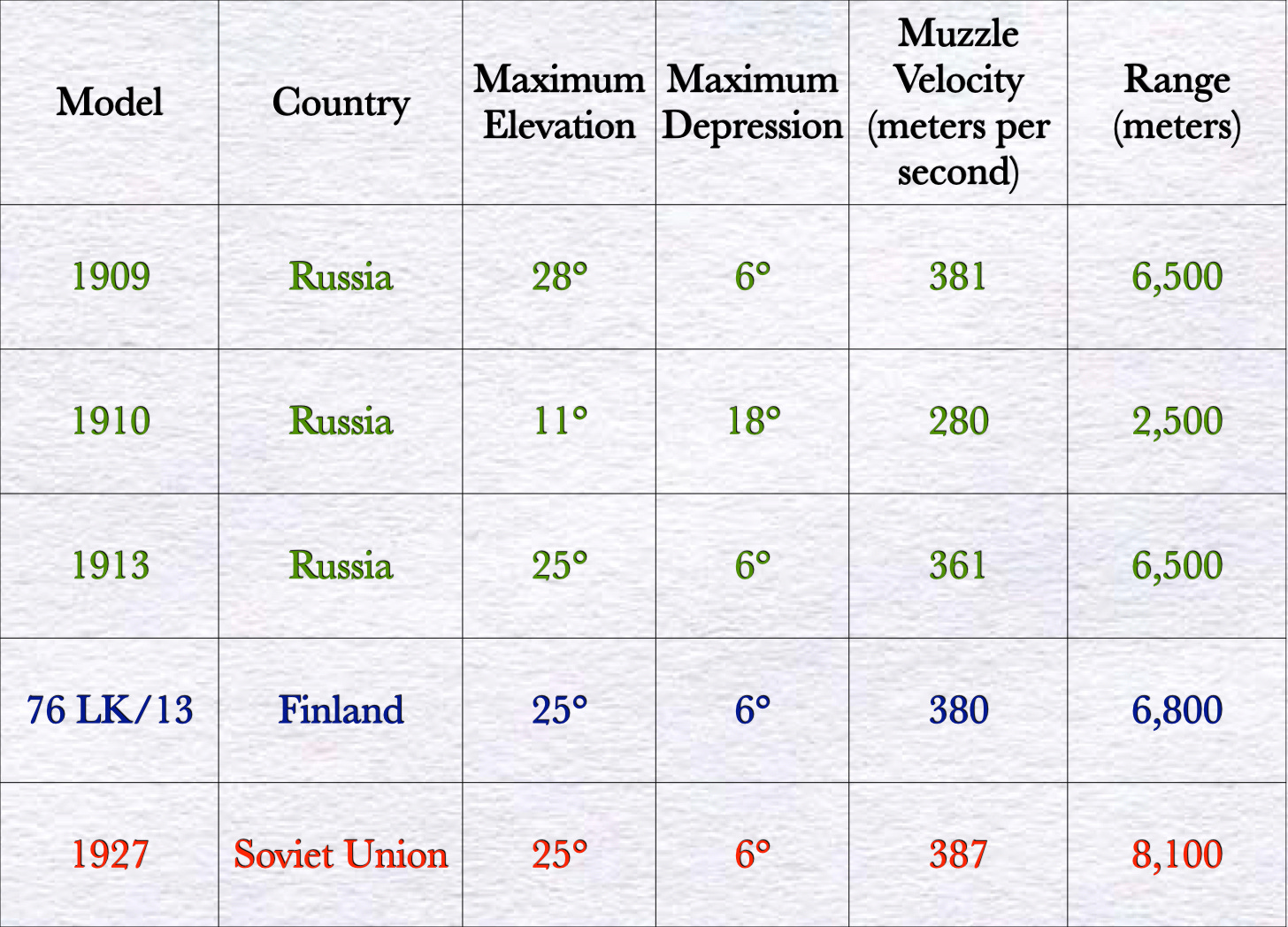


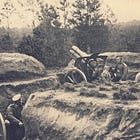
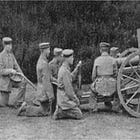
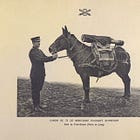

Hmm, the 1927/USSR gun seems much improved in range. Similar improvements were seen in another episode. So I guess, between the Russian civil war and WW2, USSR did good work on their artillery?